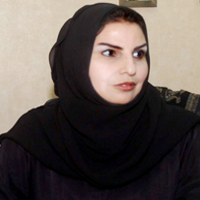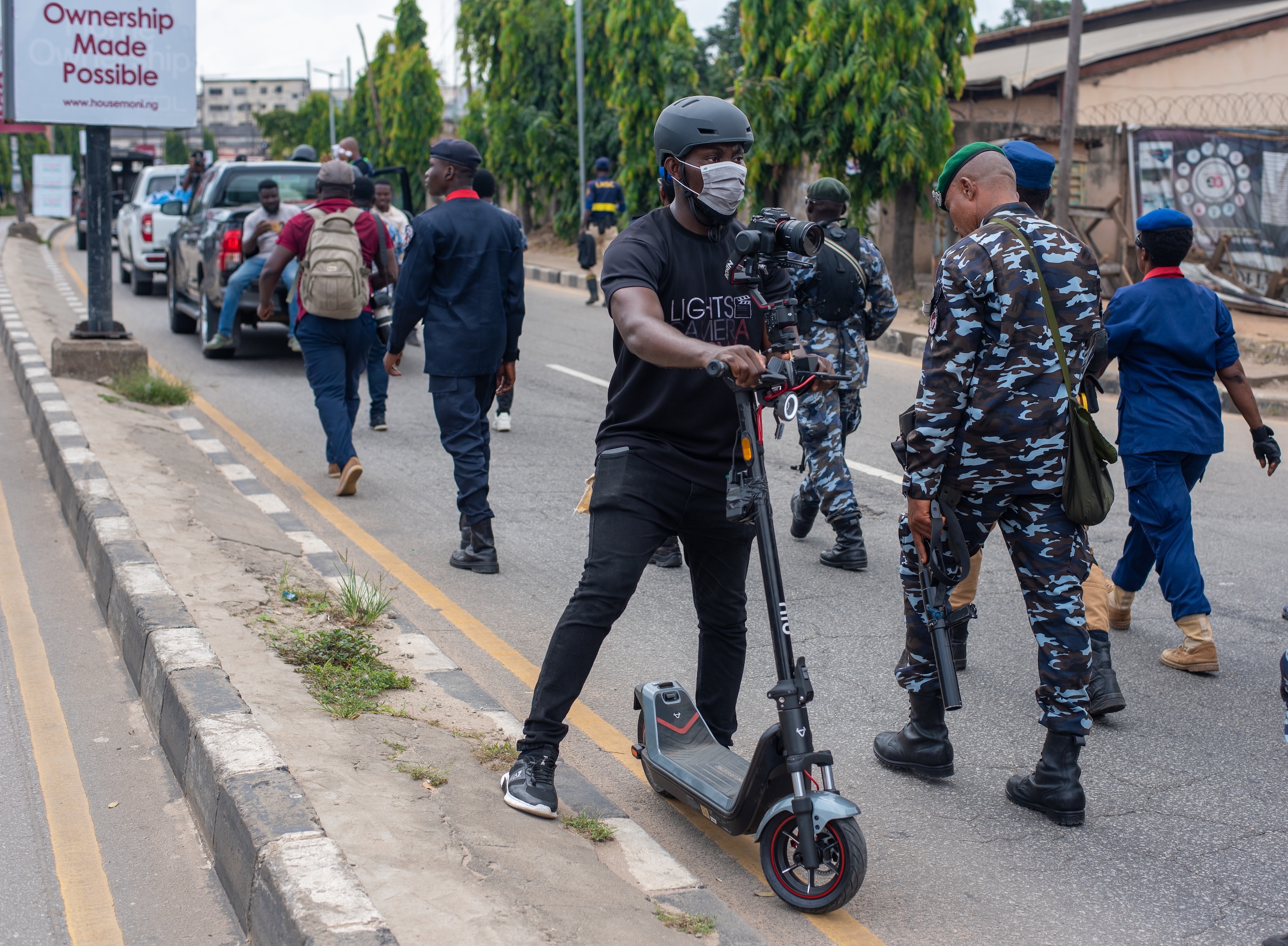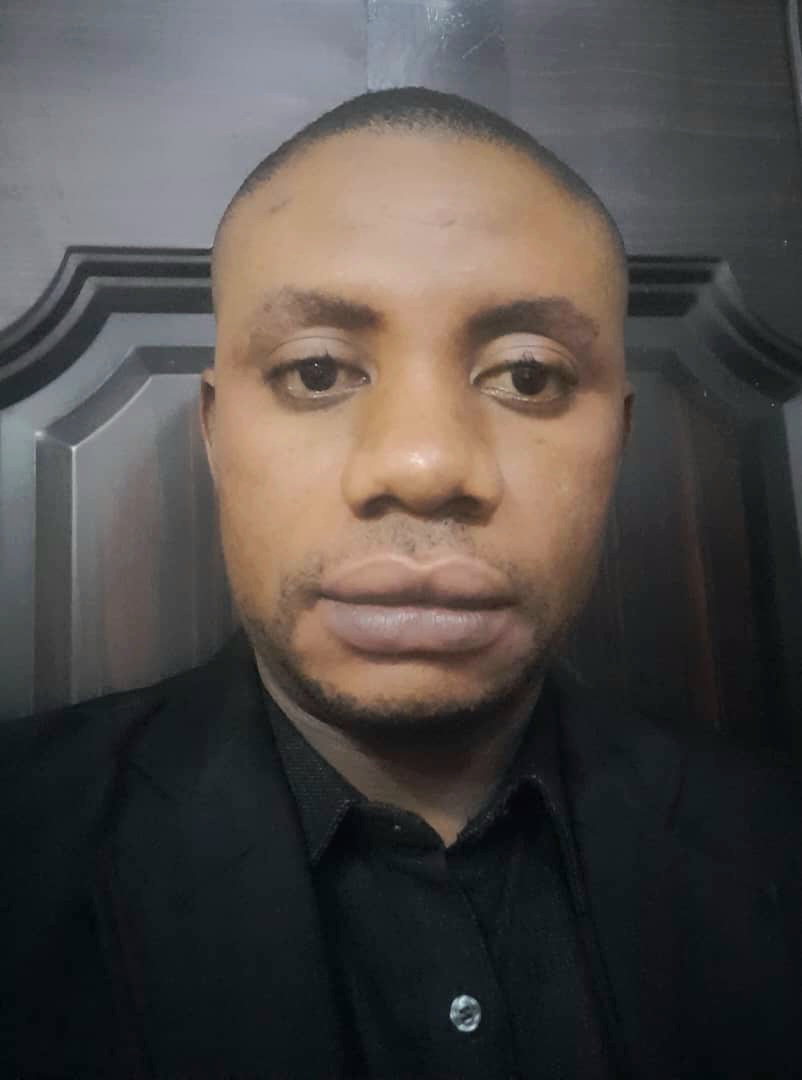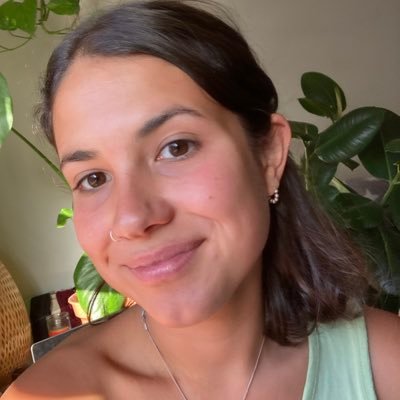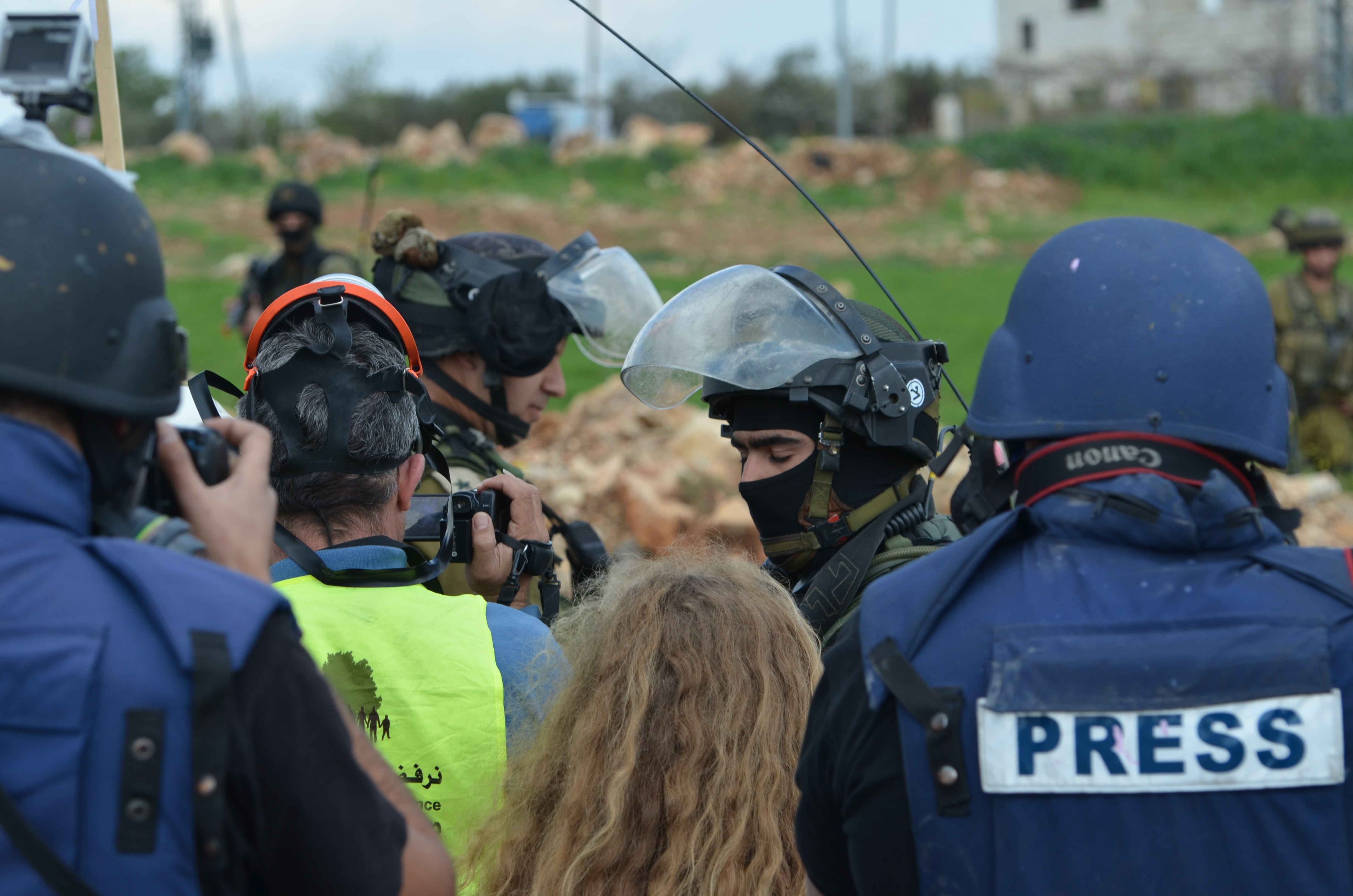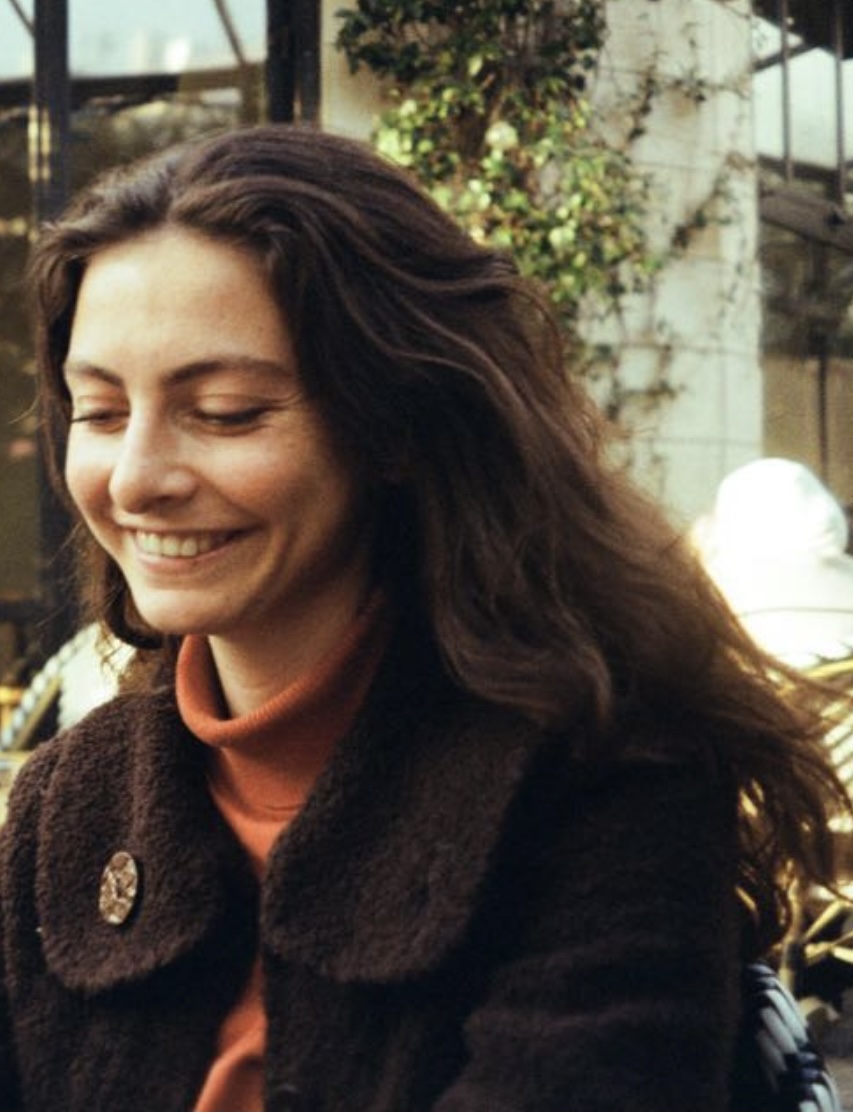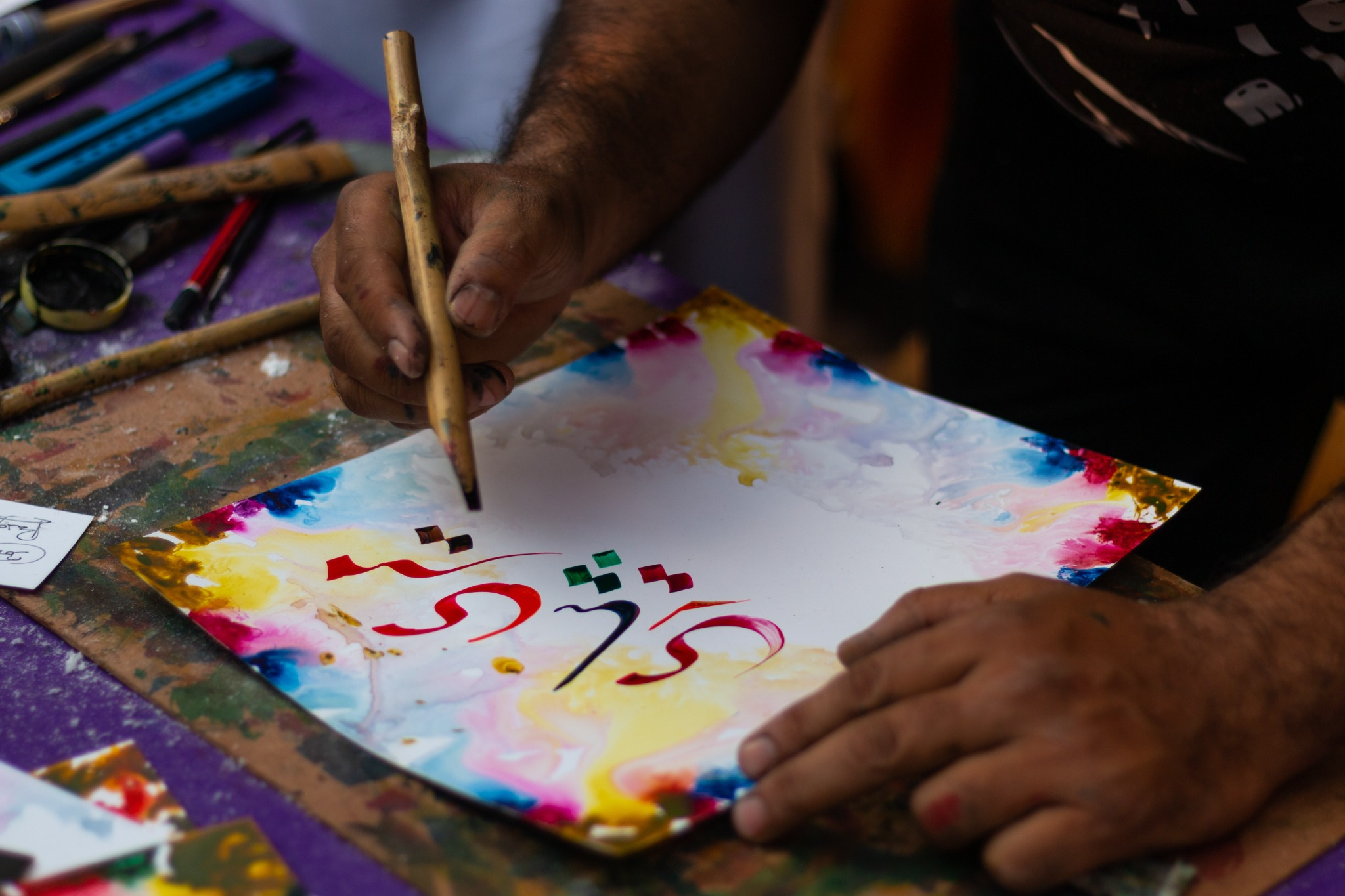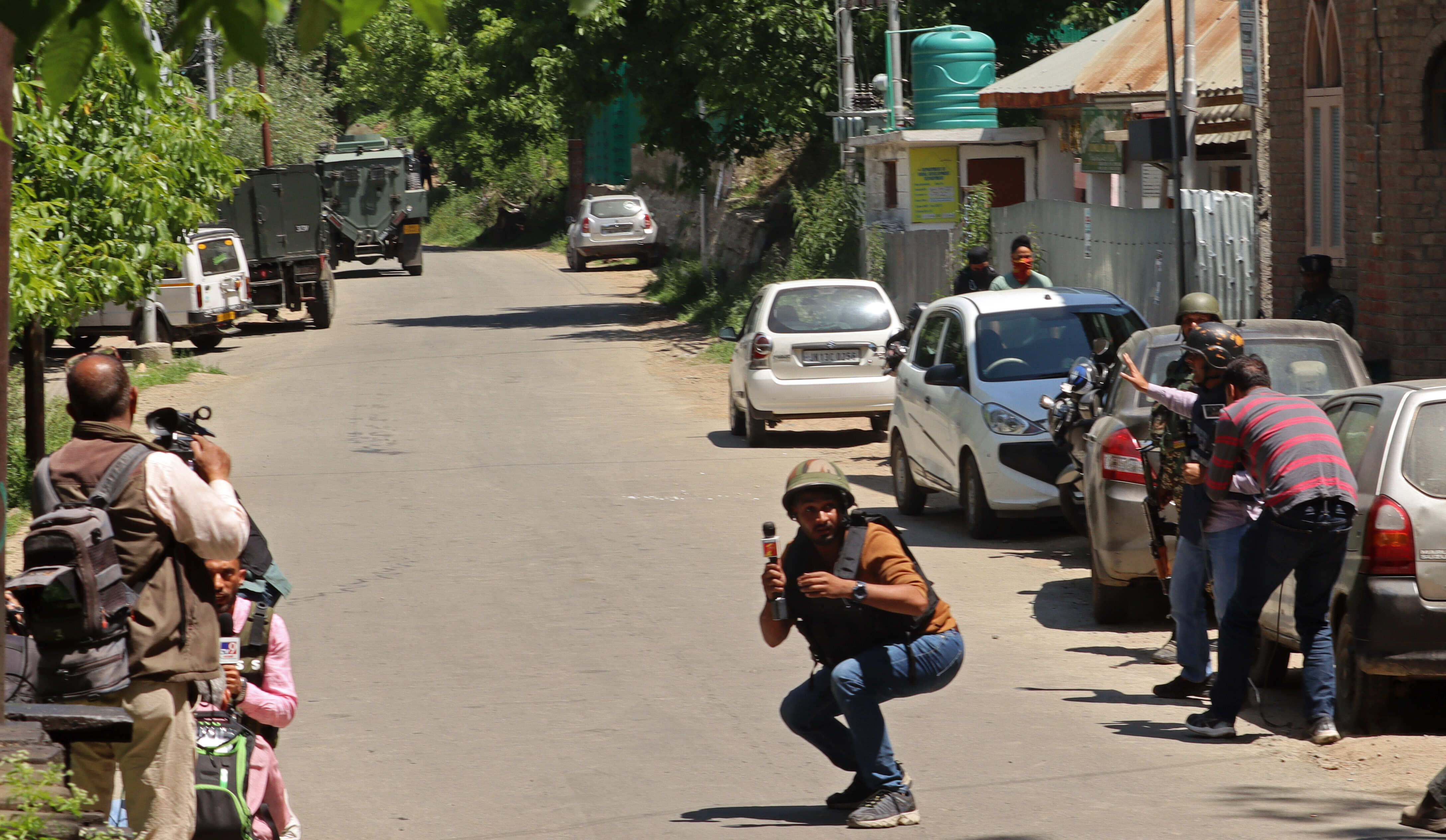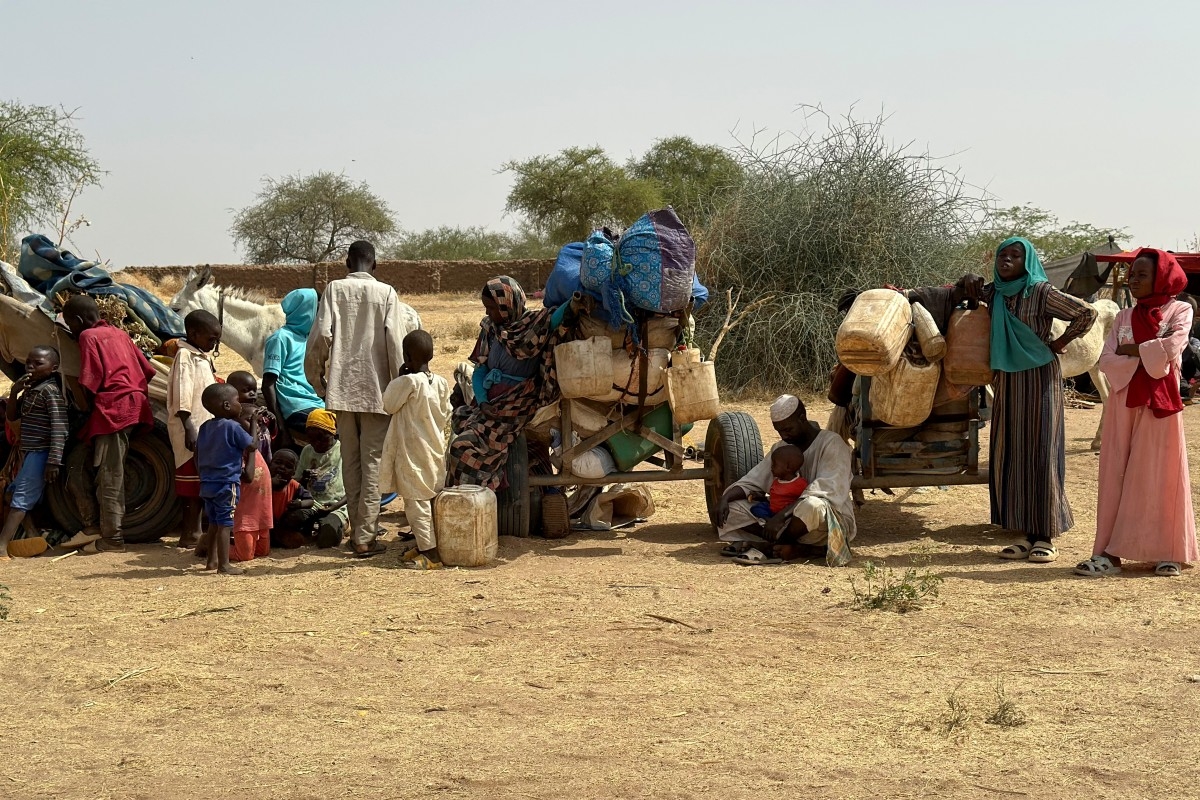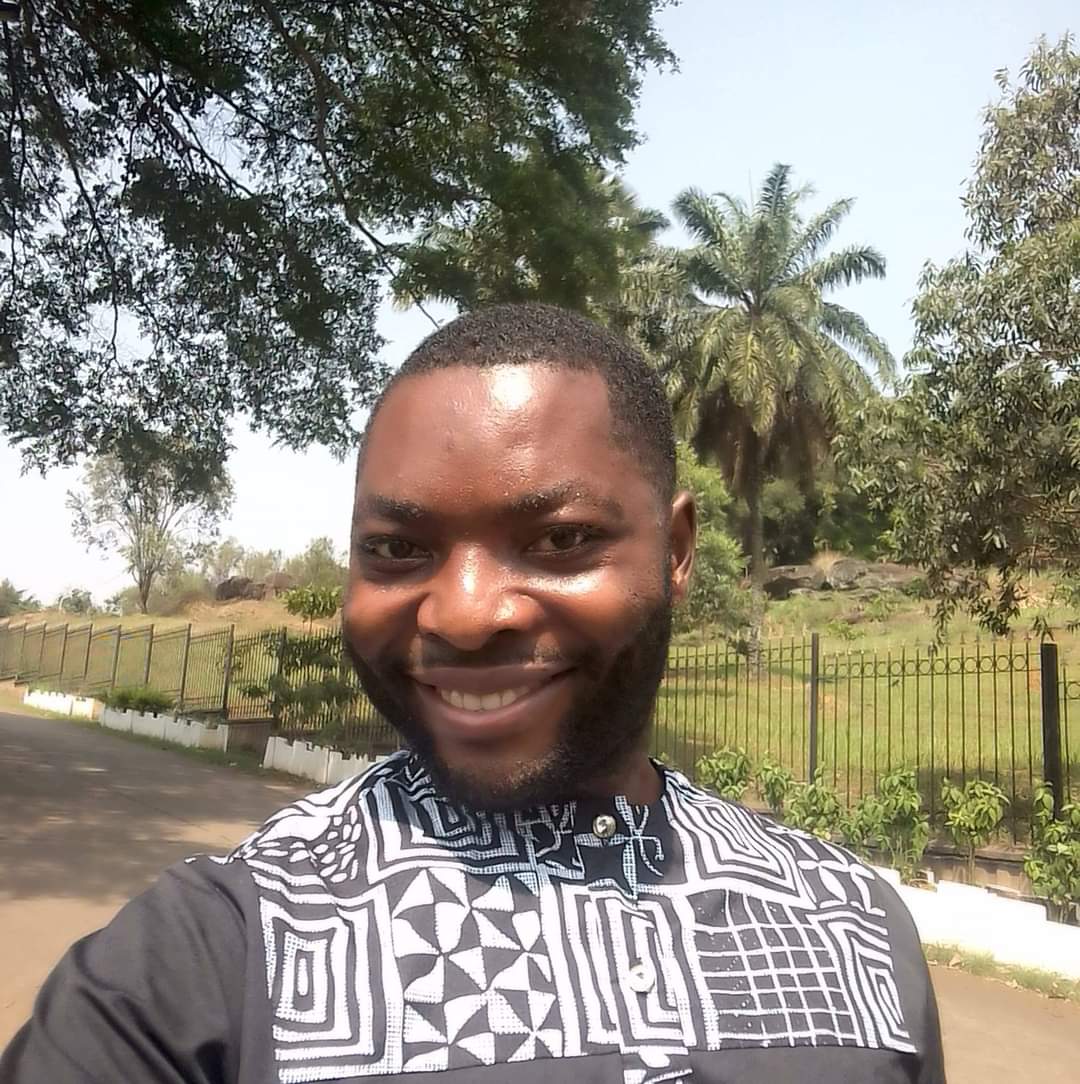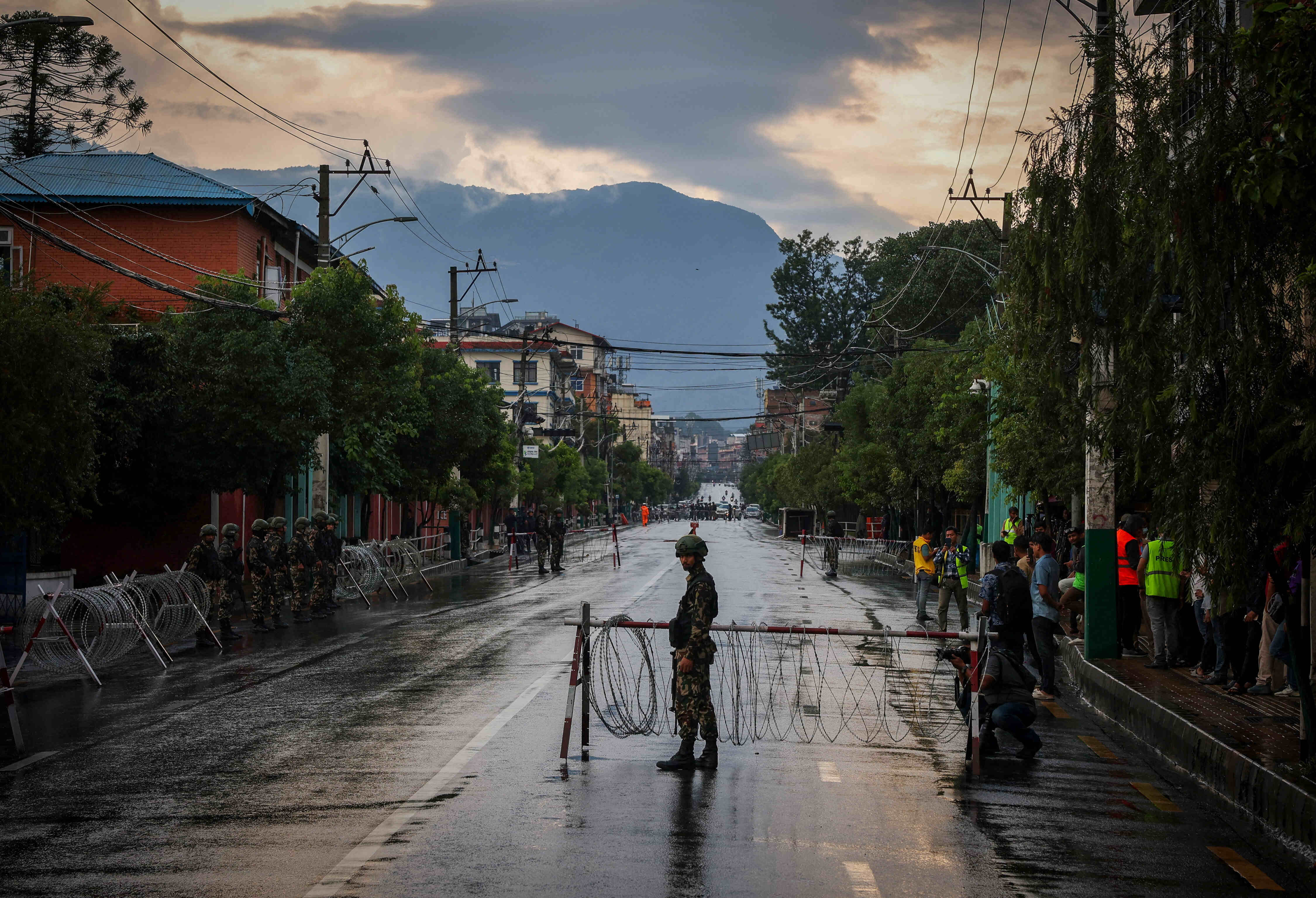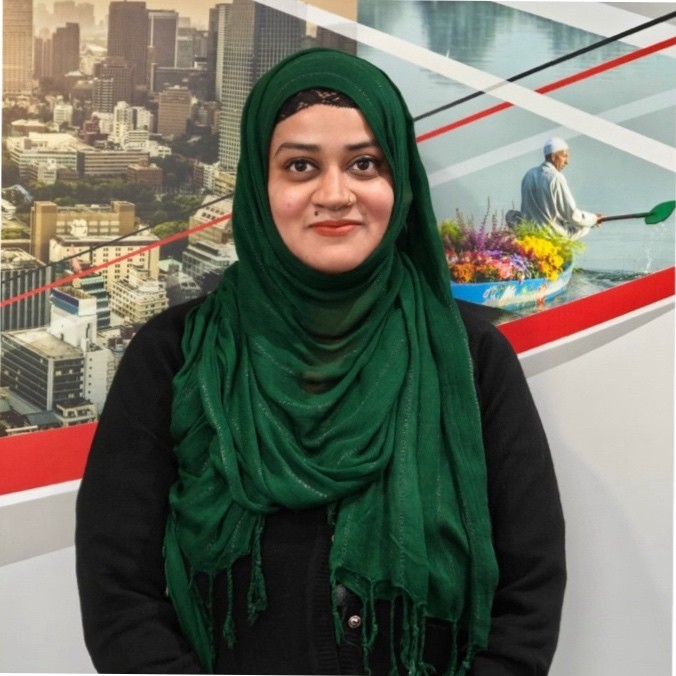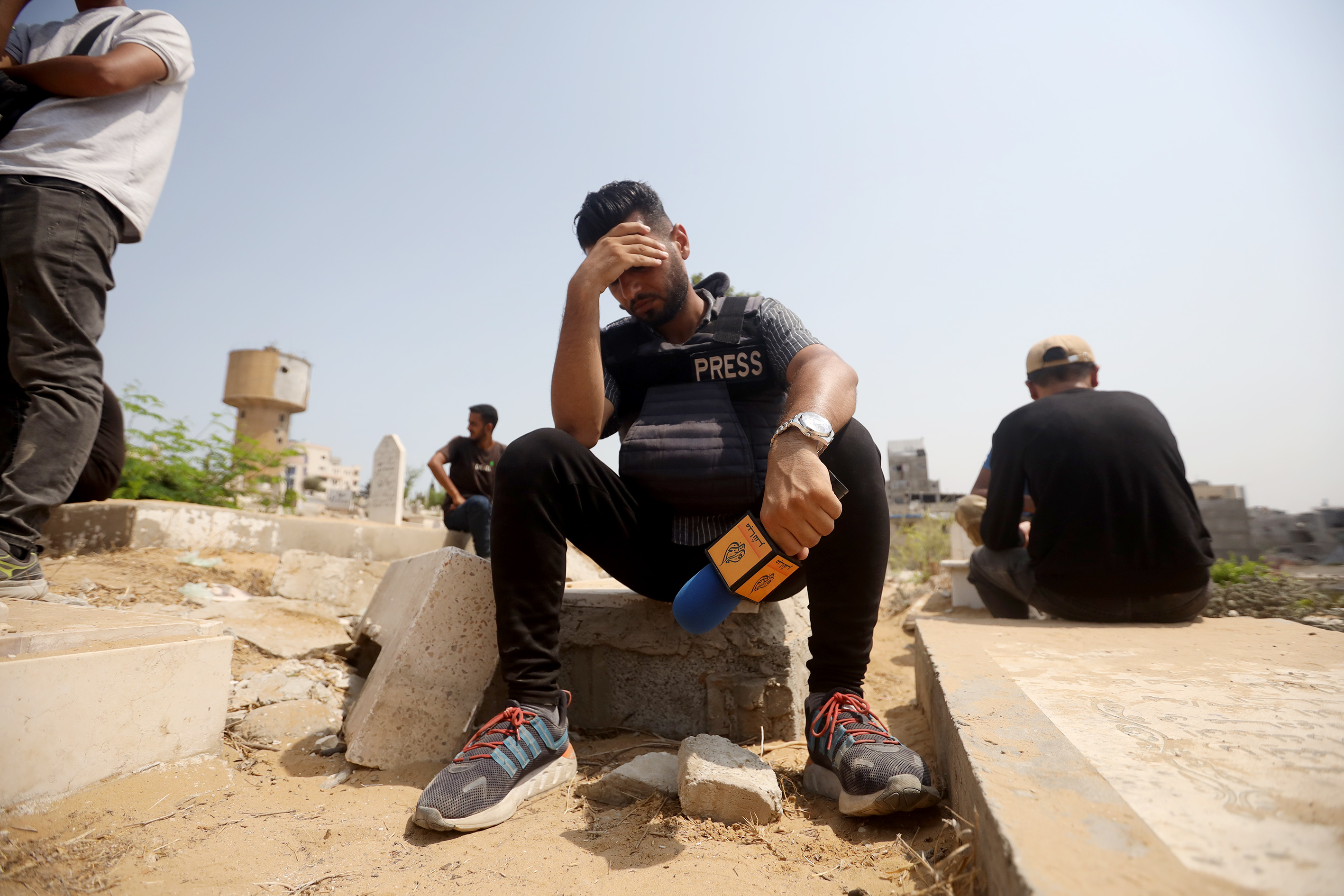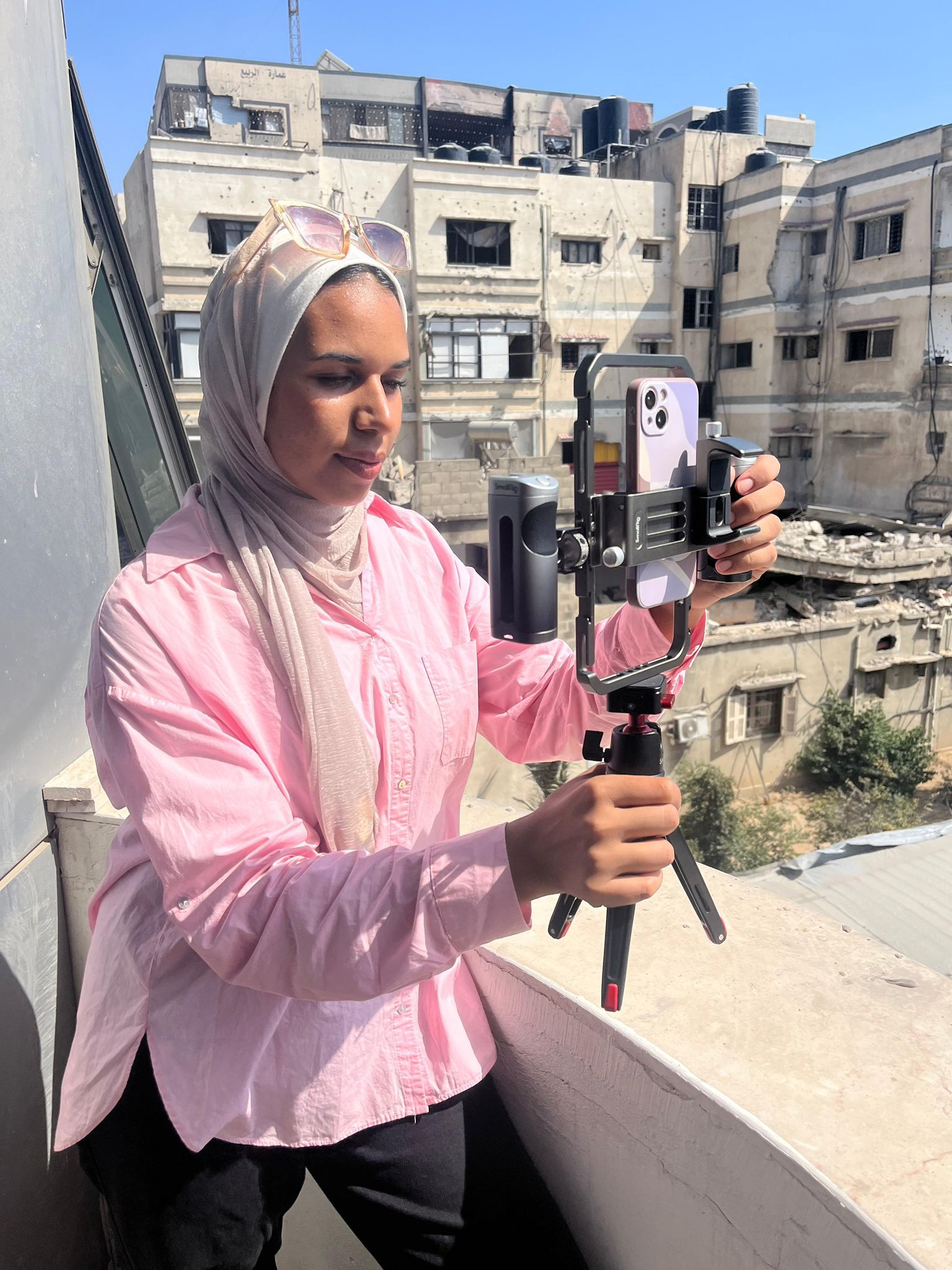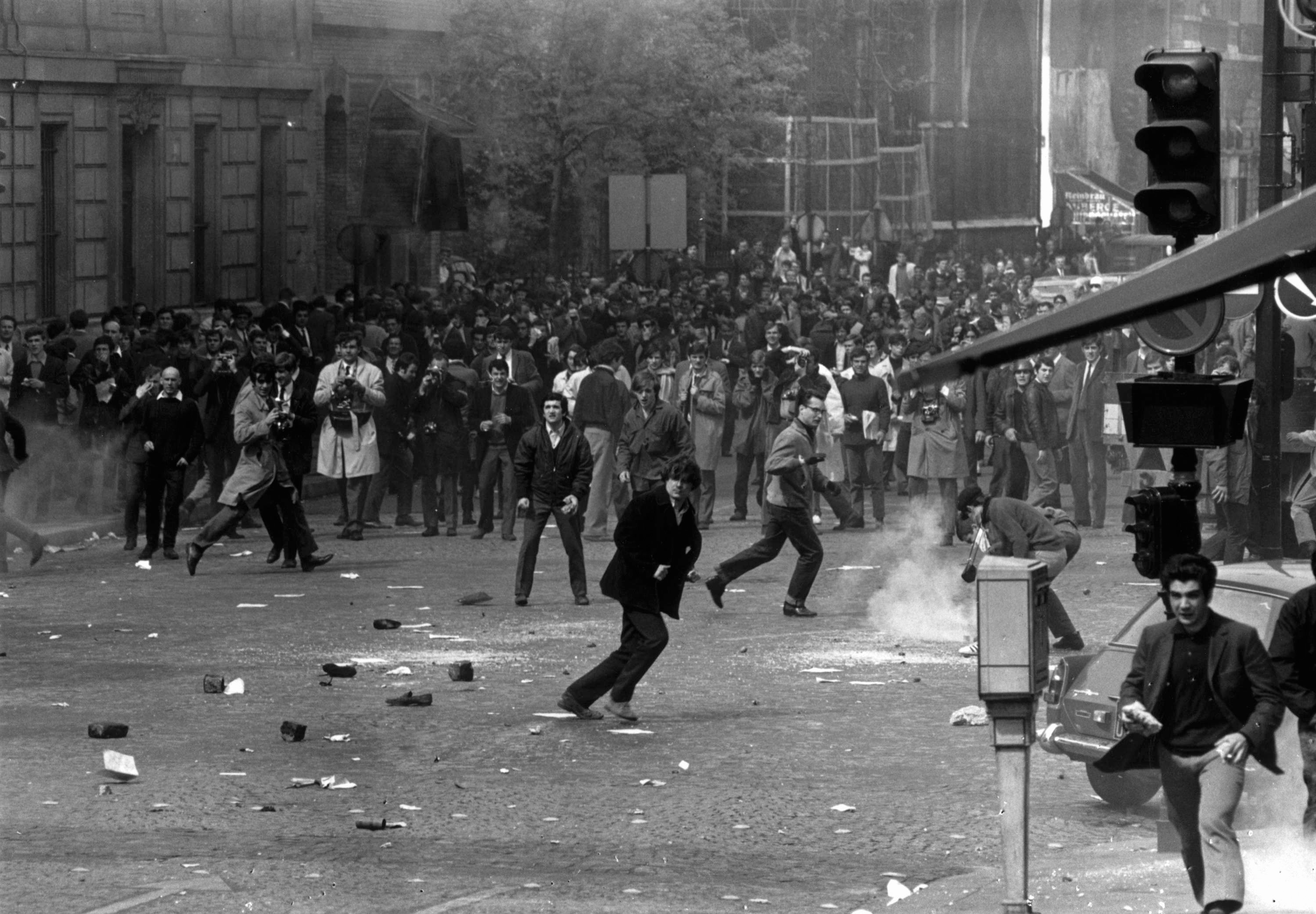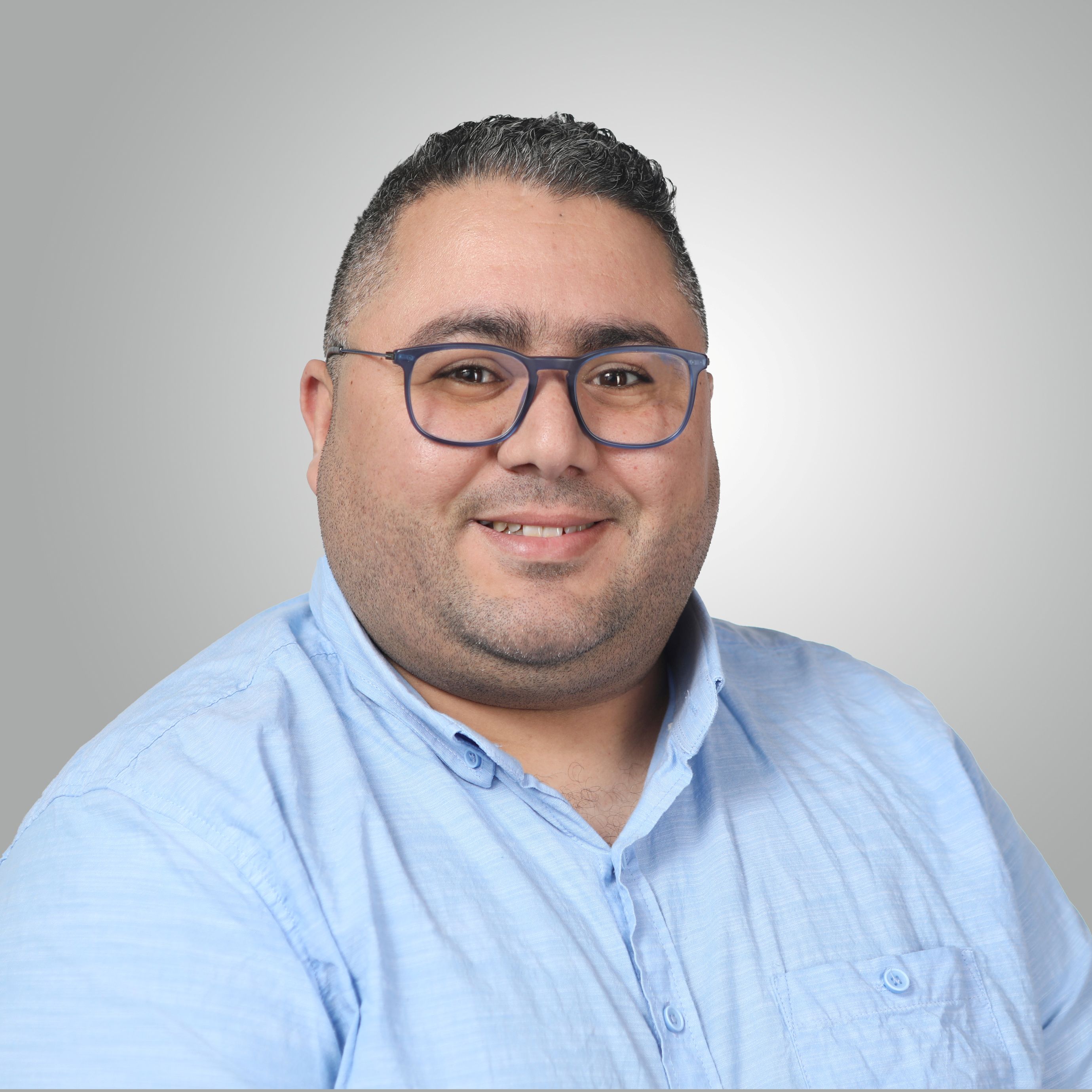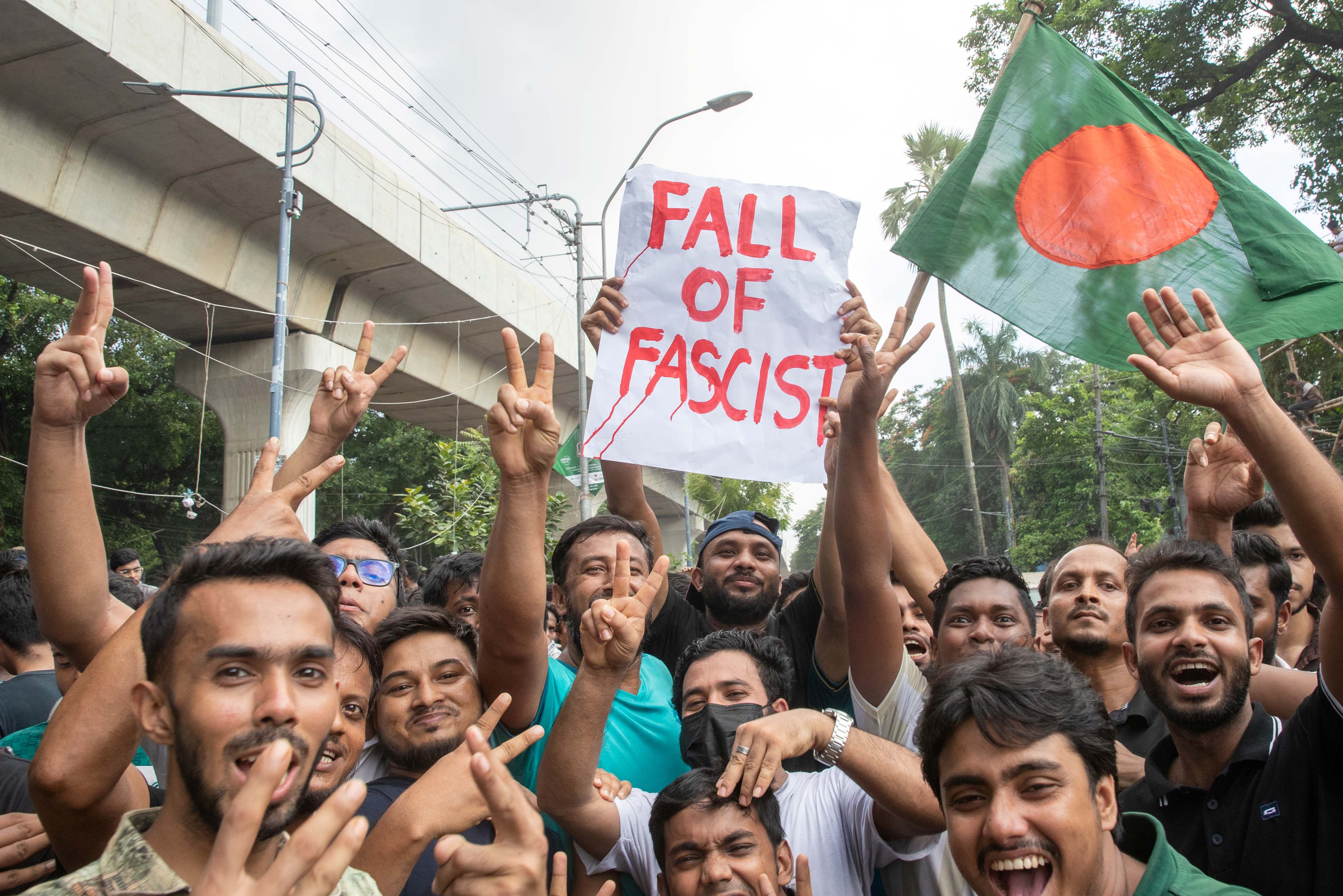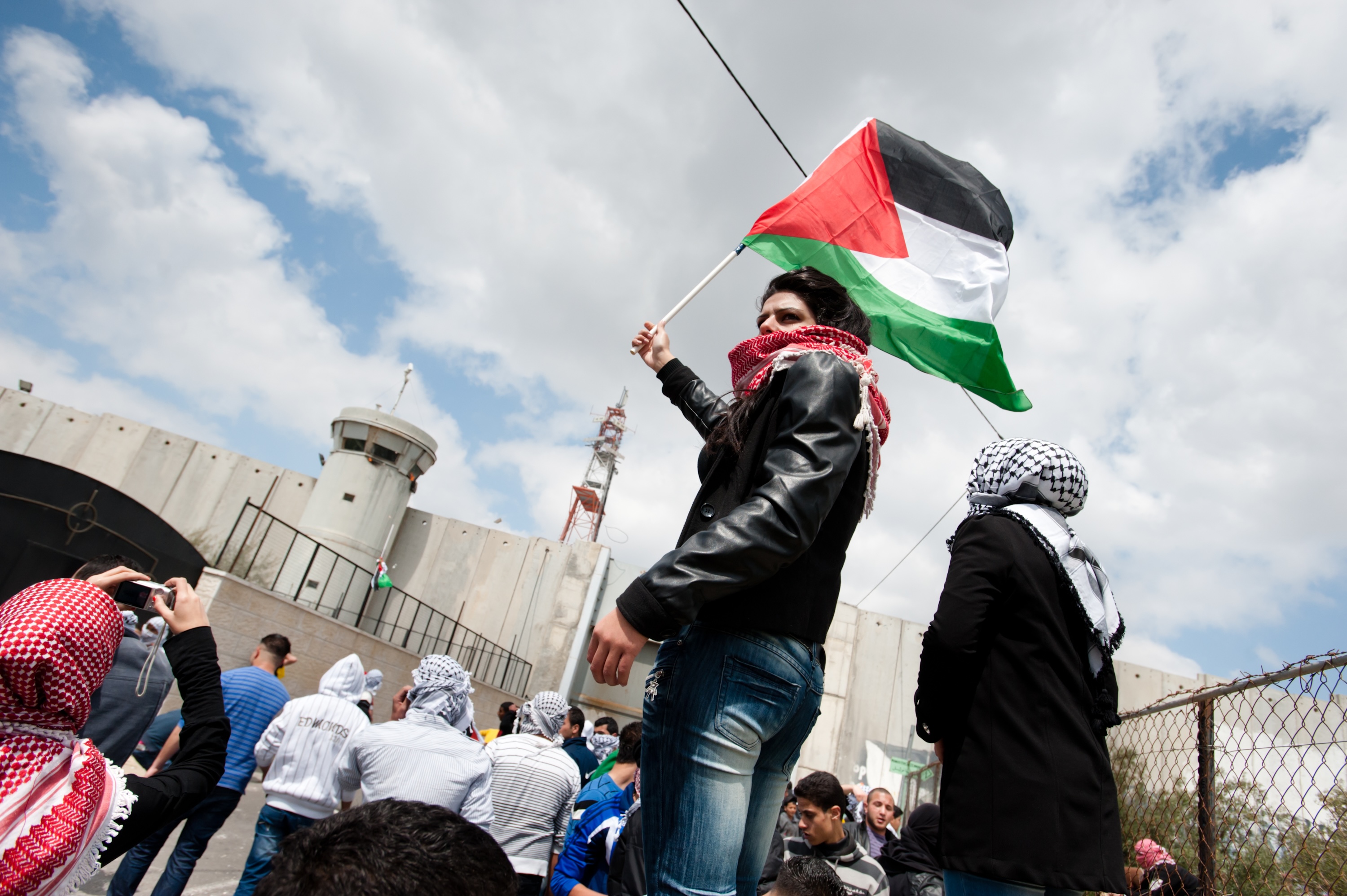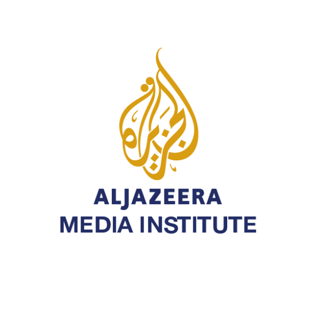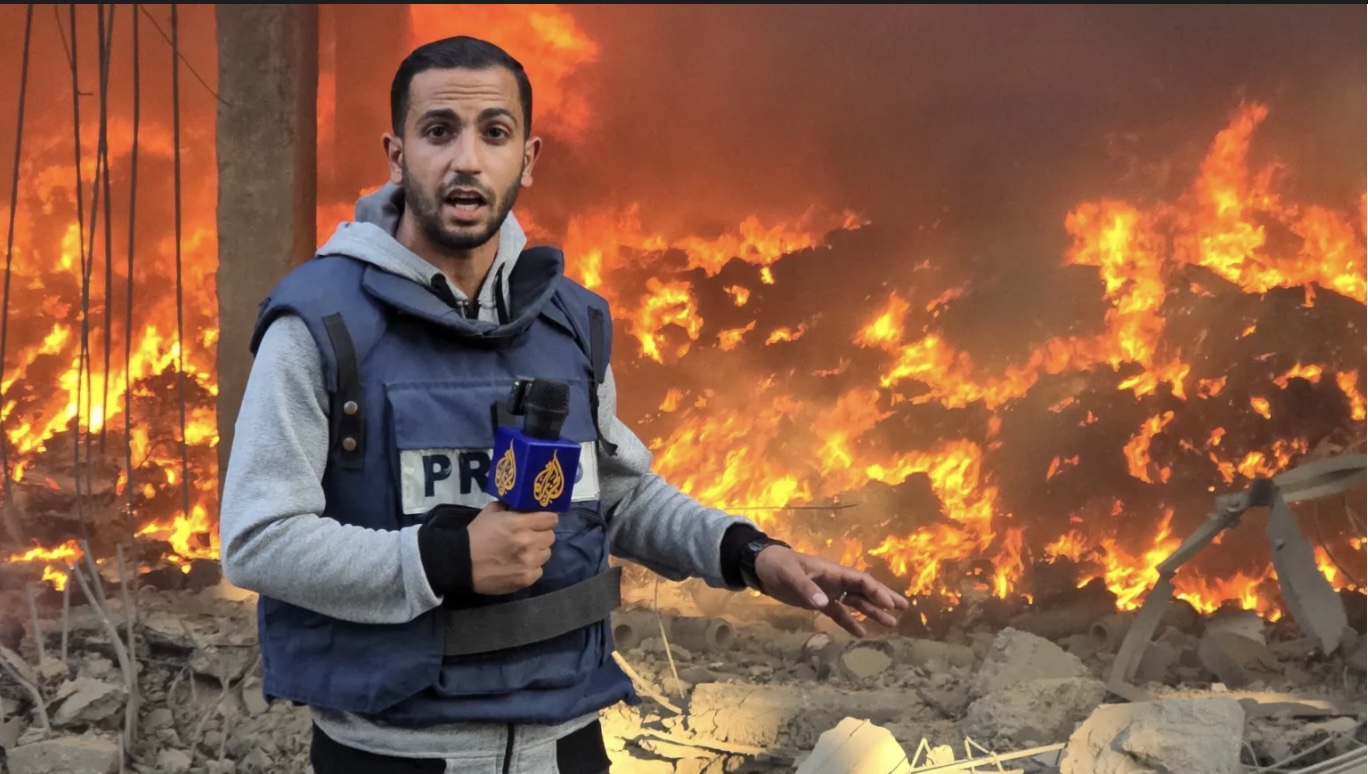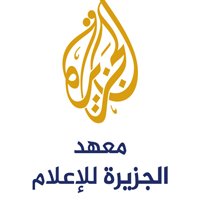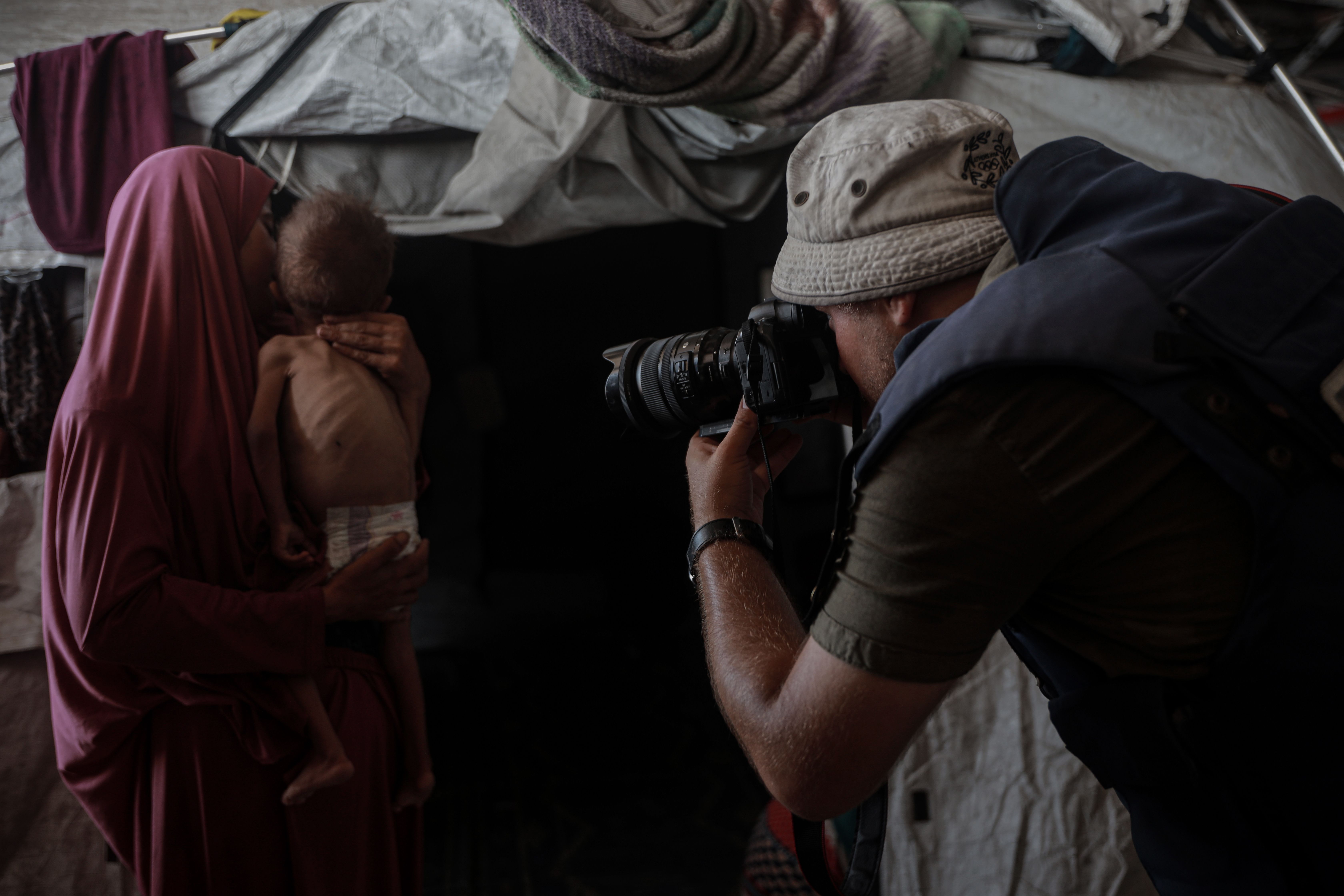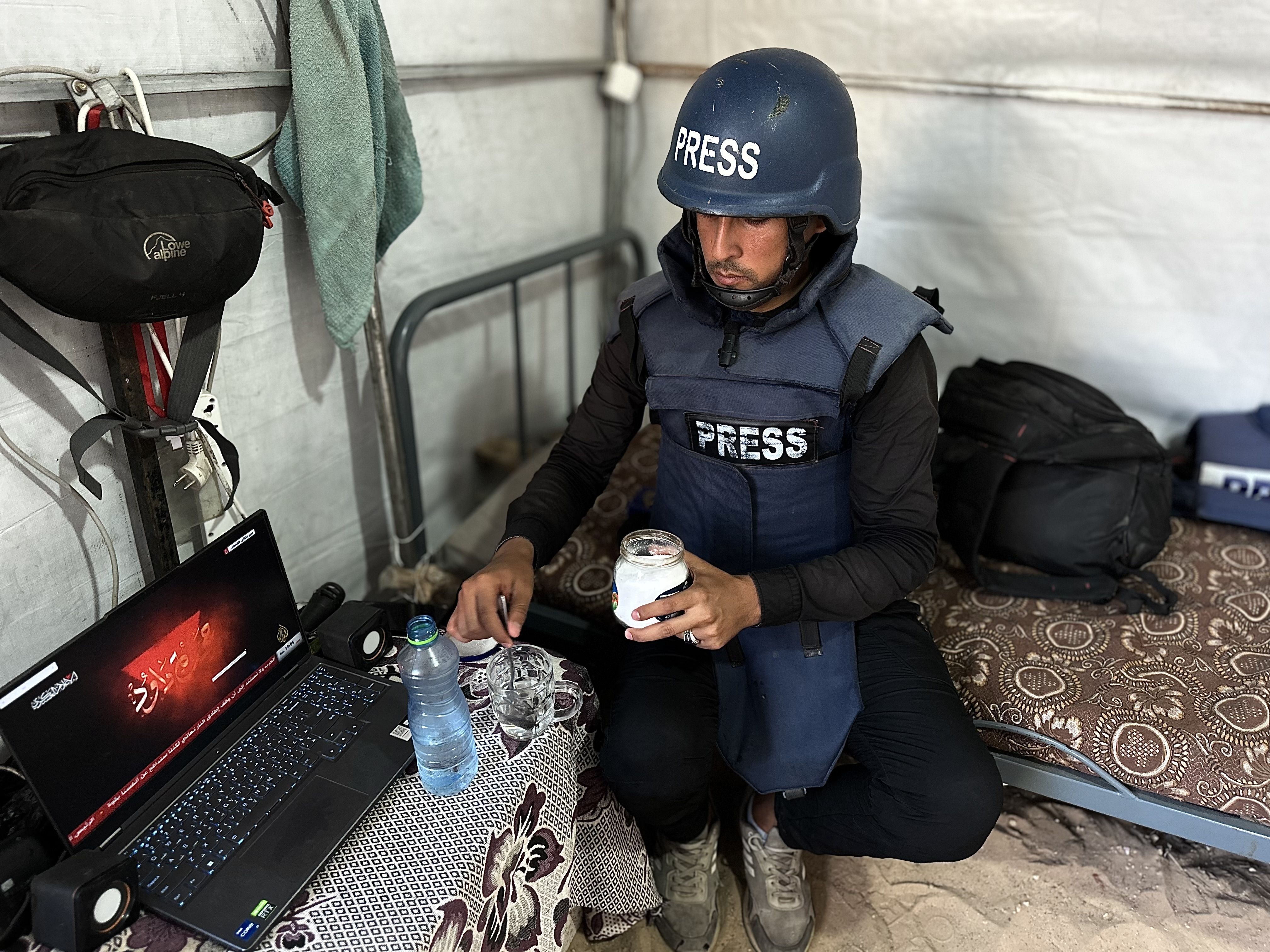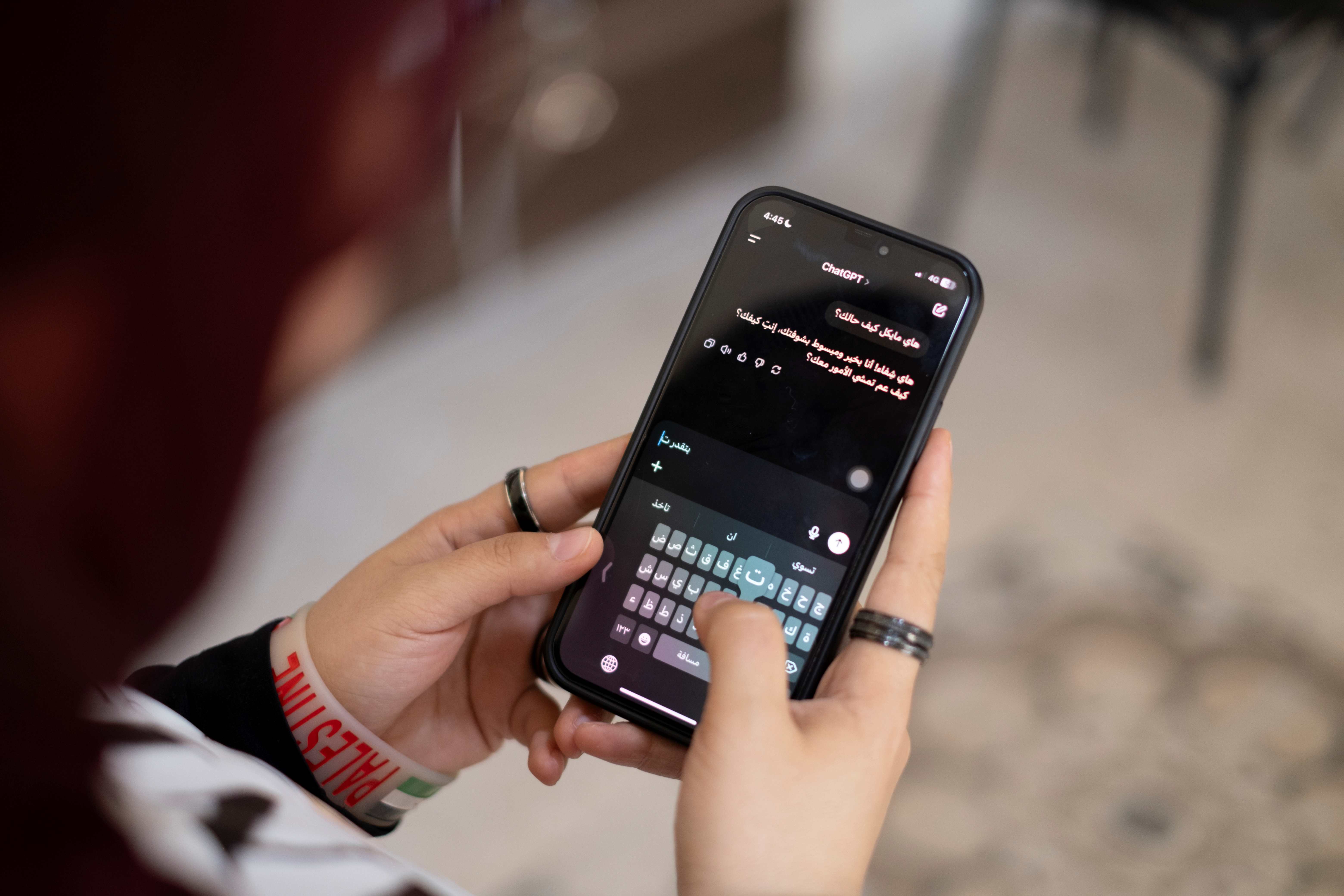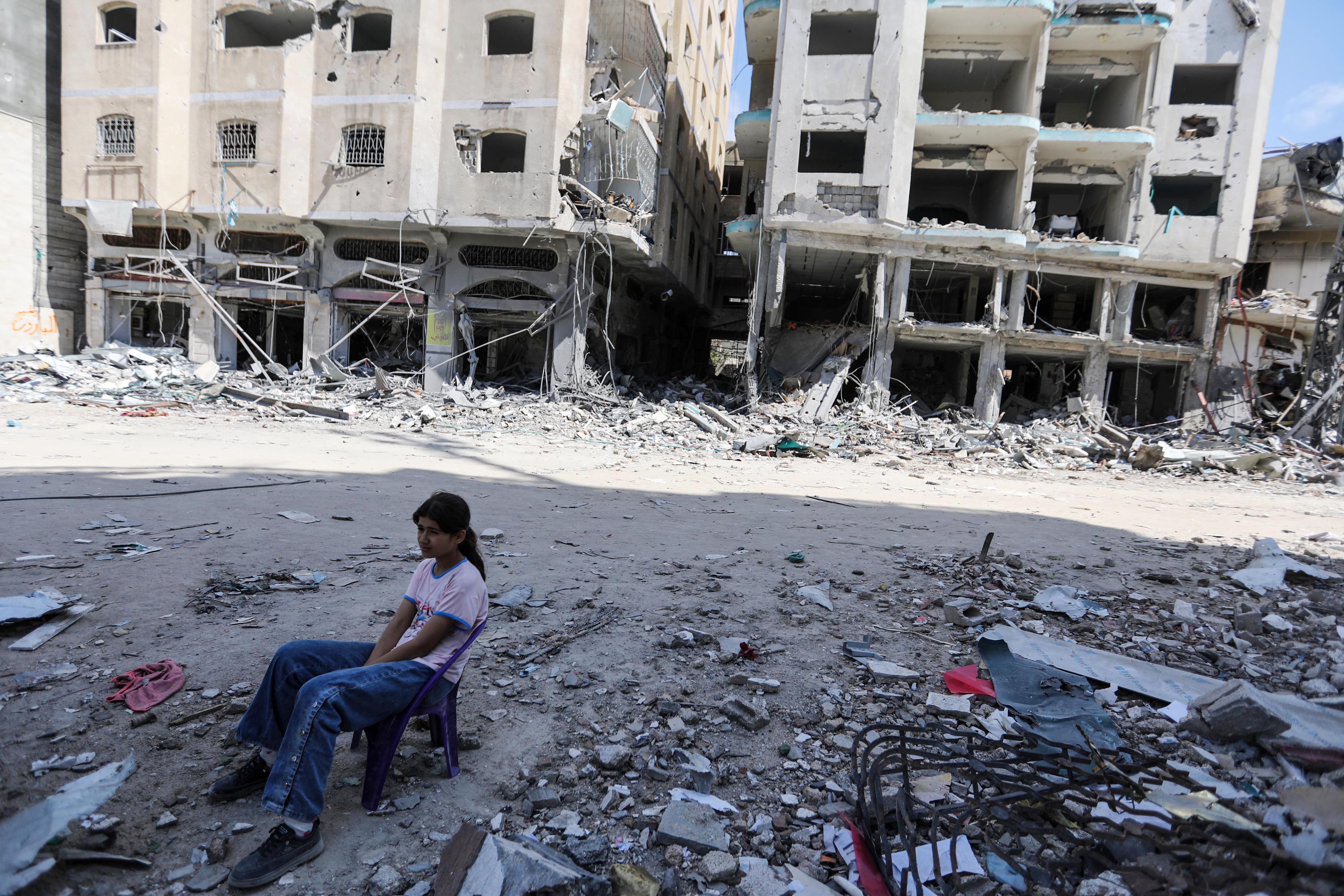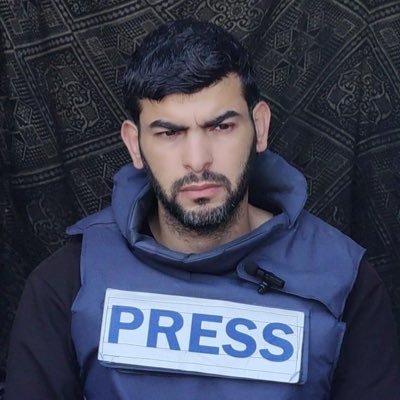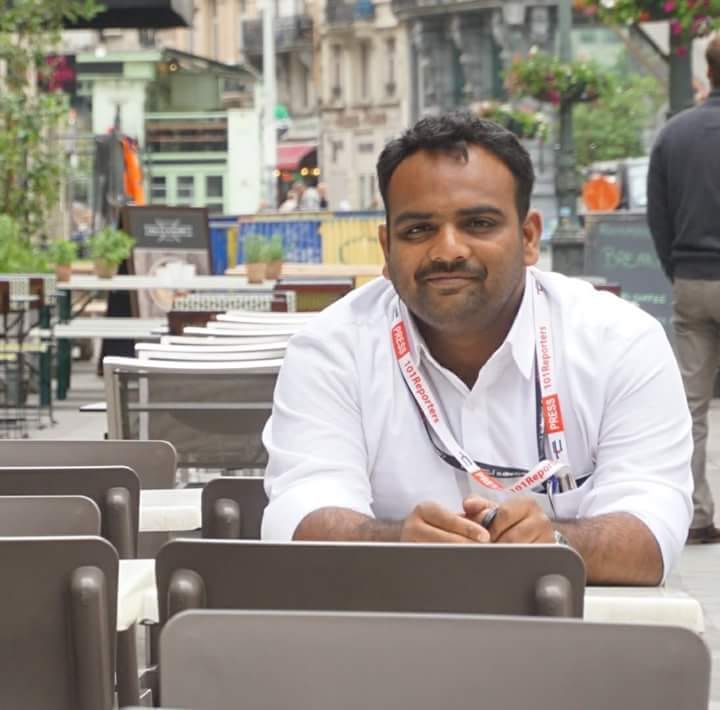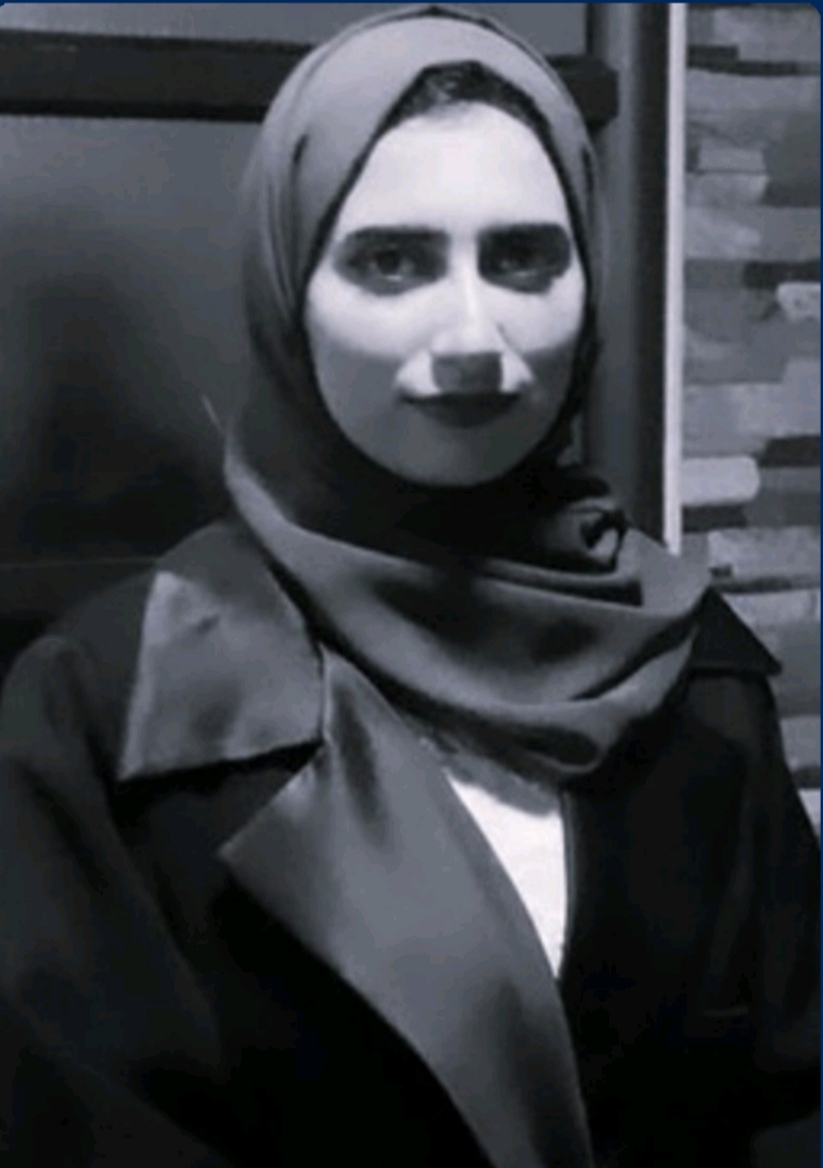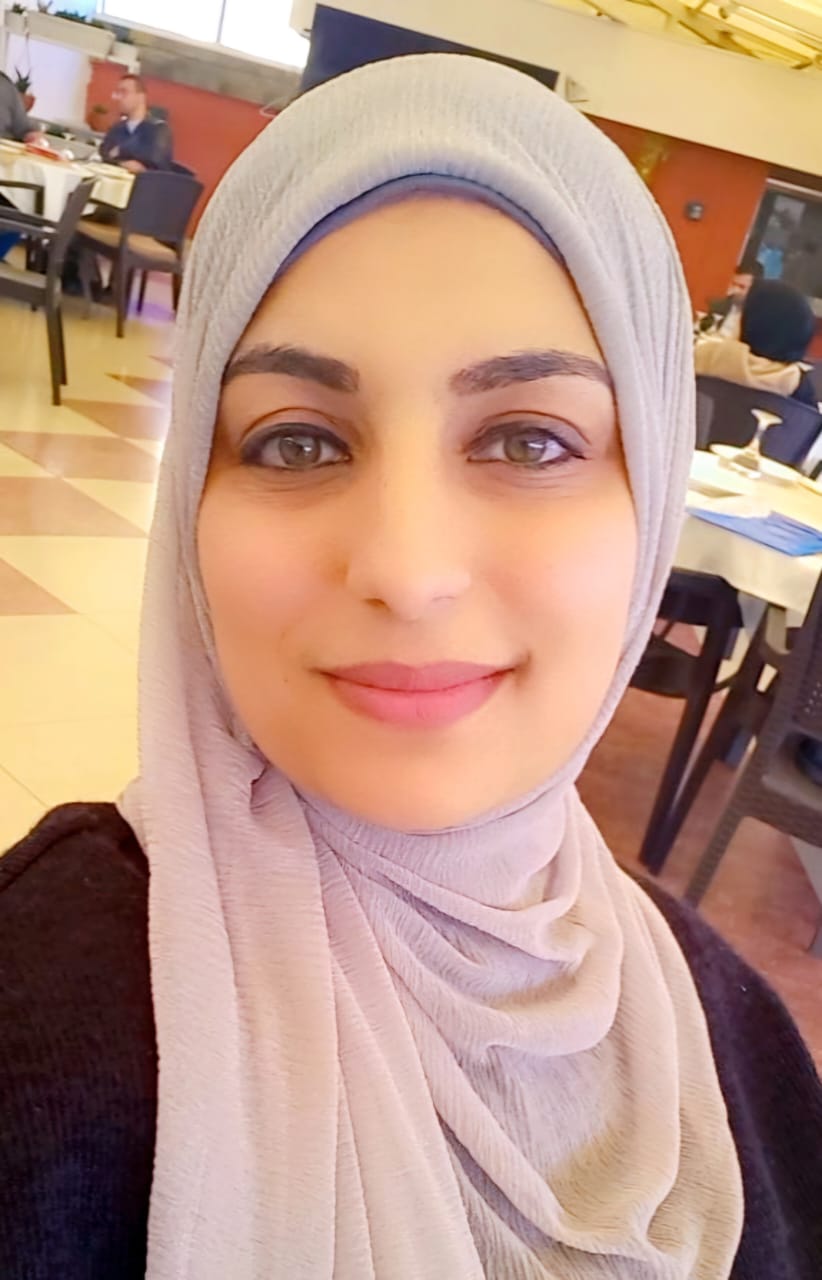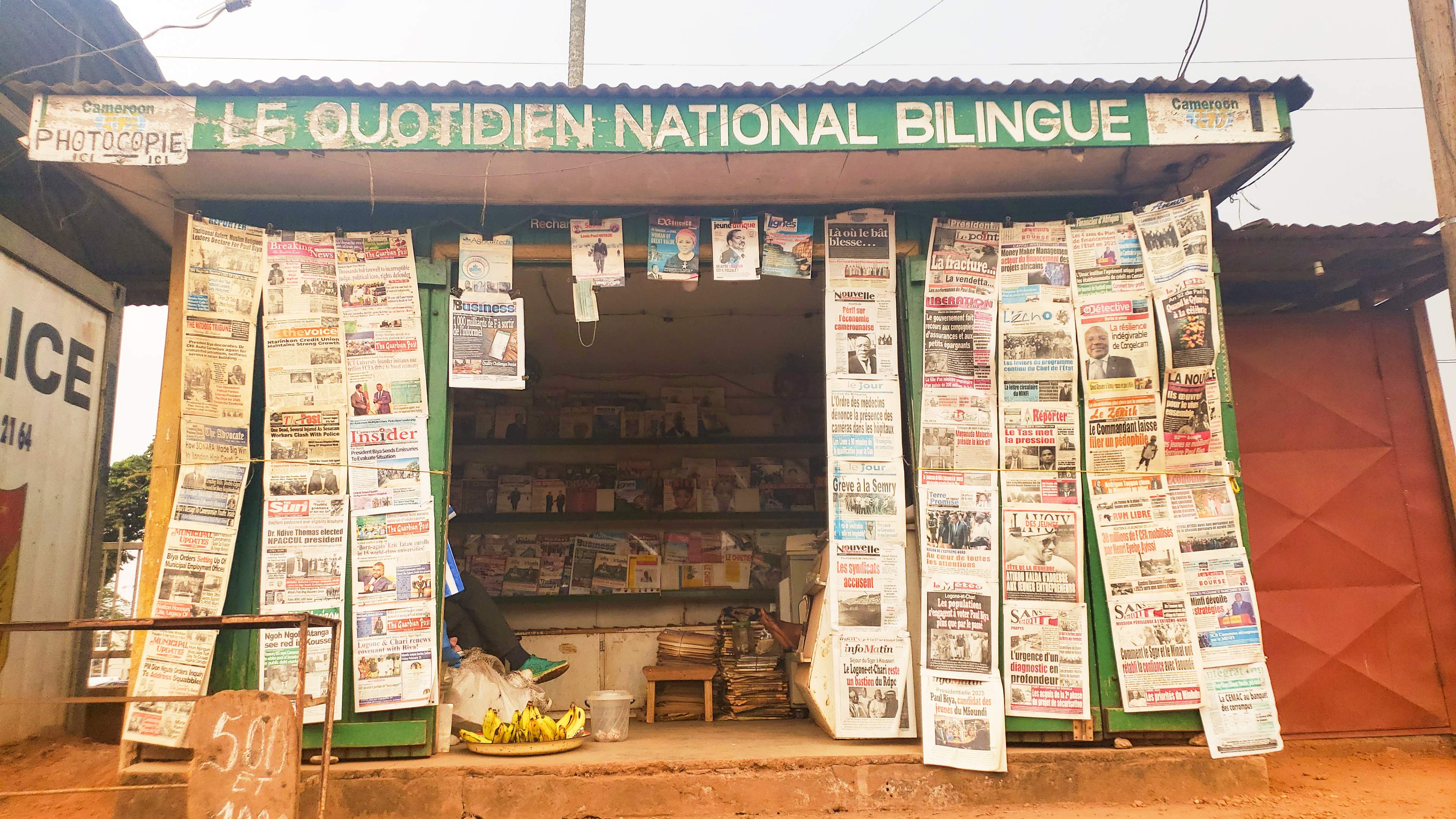قبل سنوات، وبخطها الأنيق، كتبت لي الصحفية الكويتية فاطمة حسين، إهداء شخصيا على الصفحة الأولى من كتابها الذي دونت فيها سيرة حياتها بعنوان "أوراقي"، تقول فيه "الابنة العزيزة سعدية مفرح.. مع أطيب المنى بقراءة متذوقة لماضٍ ما عرفتِه ولكنك تحملين بعض بذوره".
والواقع أنني لم أكن متأكدة إن كنت أعرف هذا الماضي الذي تتحدث عنه السيدة حسين أم كنت أحمل بعض بذوره حقا.. ففي قراءتي لملامح هذا الماضي الذي أشارت إليه في إهدائها، اكتشفتُ أنها تتحدث عن ماض آخر غير ذلك الماضي الذي تخيلت أنني أحمل بعض بذوره الموروثة عائليا بالنسبة لي!
لكن الإهداء كله أحالني إلى أول مرة رأيت فيها هذه السيدة التي يُنظر إليها في الكويت باعتبارها أيقونة الصحافة النسائية في بداية تسعينيات القرن الماضي.. رأيتها وجها لوجه أمام مصعد جريدة "الوطن" حيث كنت أعمل، وحيث كانت قادمة للمرة الأولى لتكون أول مديرة تحرير لجريدة يومية في الكويت.. يومها، كانت قد سبقتها نساء كويتيات أخريات إلى مناصب قيادية في الصحافة الكويتية، أشهرهن السيدة غنيمة المرزوق التي أسست وترأست تحرير أول مجلة نسائية في الكويت صدرت عام 1965 بعنوان "أسرتي"، لكن ظل يُنظر إلى تجربة المرزوق باعتبارها تجربة خاصة؛ ذلك أن المجلة نسائية صرف وهي من أسسها بالتعاون من زوجها في ذلك الوقت. أما بالنسبة لفاطمة حسين فالأمر مختلف، لأنها كانت أول فتاة خليجية تدرس الصحافة في الجامعة، حيث ذهبت في بعثة دراسية تضم فتيات إلى جامعة القاهرة عام 1956، وكان أن اختارت تخصصا دراسيا بدا غريبا بالنسبة لفتاة في بلاد حديثة عهد بتعليم المرأة وبعملها وبالصحافة عموما.
ومرة أخرى، عادت فاطمة إلى هوايتها في ولوج بوابات العمل الصحفي في مداخل غير مأهولة سابقا، فاختيرت قبل أسابيع قليلة لترؤس جمعية الصحفيين الكويتية في مارس/آذار 2017، ولتكون أول سيدة تتبوأ مثل هذا المنصب الرفيع على المستوى العربي.
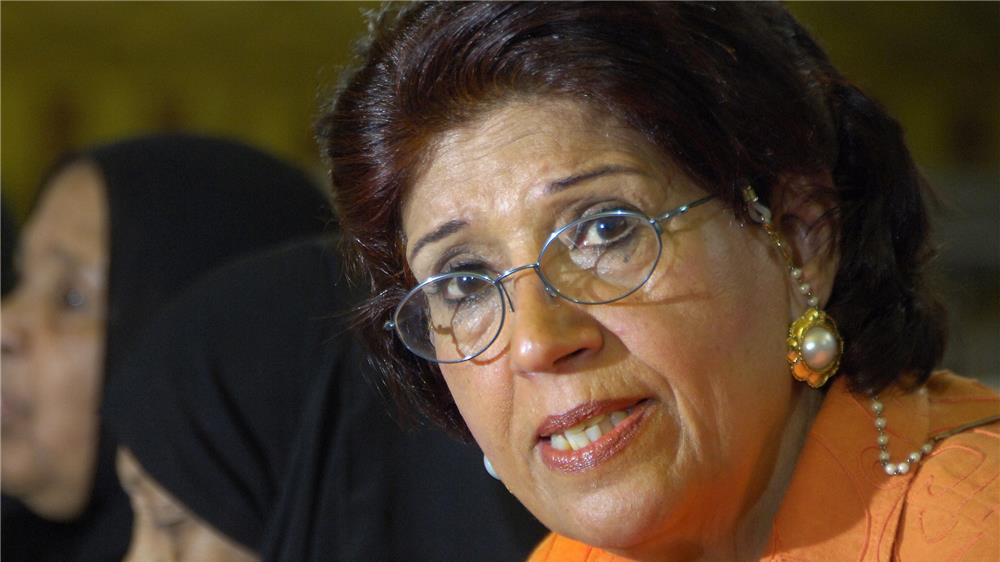
لكن مسيرة فاطمة المليئة بالإنجازات الصحفية لا تمثل النموذج التقليدي للمرأة الكويتية العاملة في بلاط صاحبة الجلالة، فرغم أن خليجيات كثيرات انخرطن في هذه المهنة فإن التفتيش الدقيق في السيرة العملية الذاتية لهن لا ينبئ عن تقدم كبير، ولا يمكننا تصوّر أن ما وصلن إليه على صعيد الكم والأثر هو النتيجة الطبيعية للمقدمات الرائعات التي قامت بها فاطمة وزميلاتها في كل بلد خليجي على حدة. ولسوء الحظ فإن عوامل كثيرة تضافرت لقولبة عمل المرأة في الصحافة بمجالات محددة غالبا، أشهرها ما اصطلح على تسميته بالصحافة النسائية وشؤون الحياة اليومية، بالإضافة إلى كتابة المقالات بعيدا عن أجواء العمل الصحفي الحقيقي، في حين كافحت قلة قليلة من الصحفيات المجتهدات لاختراق الحصار نحو مجالات أكثر رحابة، تتعلق بالصحافة السياسية على الصعيدين المحلي والدولي، ومجالات أخرى كالصحافة الرياضية.
والمثير أن الحصار غير المرئي الذي طوَّق عمل المرأة الخليجية في الصحافة وساهم في تقليص دورها فيها، لا يعود إلى ضعف في إمكانياتها المهنية أو حماستها الشخصية، بقدر ما يعود إلى أسباب مجتمعية في غالبها ساهمت في تشجيع المؤسسات الصحفية على تفضيل الرجال على النساء في مهمات صحفية معينة، بغض النظر عن الكفاءة الفردية للصحفي. فرغم أن الطلاب والطالبات يدرسون المناهج ذاتها في أقسام الإعلام بالجامعات الخليجية ويتدربون في الأماكن نفسها أيضا وبنفس الكفاءة، فإن أصحاب المؤسسات الصحفية، وفي غالبها مؤسسات غير حكومية، يفضلون تعيين الصحفيين الرجال بدلا من النساء إن تساوت الفرص. وفي داخل الصحيفة ذاتها نجد الصحفيات يتكدسن في أقسام تتعلق تخصصاتها بالطبخ والديكور والأزياء والصحة والتزيين والتربية والتحقيقات ذات الطابع الاجتماعي والنسائي البحت، بالإضافة إلى أقسام الفن والثقافة، وهن حتى في هذه الأقسام لا يعملن لوحدهن كما قد يتصور البعض، بل يزاحمهن الصحفيون الرجال في بعض تلك التخصصات التي قد تُصنّف على أساس أنها نسائية!
أما الأقسام الصحفية التي تتناول الشؤون السياسية العالمية والإقليمية والمحلية والاقتصاد والرياضة والعلوم والفكر والدين وغيرها، فتكاد تخلو من وجود العناصر النسائية إلا في أضيق الحدود. والأدهى من ذلك أن هناك أقساما في صلب المهنة الصحفية، لا تكاد النساء تحلم بالعمل فيها، مثل الإخراج الصحفي والتصميم والطباعة والتصوير والكاريكاتير، لا على اعتبار أن هذه مهمات لا تتناسب ومقدرات المرأة الجسدية، كما كان يقال في السابق، بل لعدم الثقة بأن النساء قادرات على أداء المهمات المطلوبة من العاملين في مثل هذه الأقسام، رغم التطورات الكبيرة التي حظي بها العمل المهني الصحفي فيها، واعتماده بشكل شبه كلي على الآلات والحواسيب، ممّا يسهل على المرأة العمل بمهنية وكفاءة.
وعلى هامش العمل الصحفي في معناه الحقيقي، نشطت المرأة في كتابة المقال حتى وإن لم تمارس الصحافة من قبل، ووجدت من يرحب بوجودها قلما وصورة على رأس عمود أسبوعي، في ما يشبه التعويض عن ممارسة الصحافة الحقيقية، والهروب من مواجهة تهمة اضطهاد المرأة في بلاط صاحبة الجلالة. ثم إن المرأة نفسها وجدت في الكتابة الصحفية من بيتها ومن دون أن تطأ أقدامها شارع الصحافة، حلا سهلا للوصول إلى القارئ بطريقة تبدو كأنها السهل المناسب لوضع المرأة الاجتماعي في بلدان الخليج المحافظة.
ومن الواضح أن القائمين على المؤسسات الصحفية في بلدان الخليج ما زالوا أسرى تلك النظرة التقليدية لعمل المرأة في الإعلام عموما والصحافة خصوصا، رغم أنهم يواجهون في حياتهم العملية اليومية ما يمكن أن يدحض تلك النظرة التقليدية الموروثة، ورغم أنهم يحاربون على ورق صحفهم ومجلاتهم عبر الافتتاحيات والمقالات تلك النظرية شكليا.
ومع أن بعض الحكومات الخليجية قد انتبهت إلى ضآلة الدور الإعلامي للمرأة وحاولت معالجته بسنِّ تشريعات تشجع عمل المرأة وتساويها مع الرجل في الامتيازات ما بين الحقوق والواجبات، فإن هذه التشريعات نفسها أصبحت أحيانا من العوامل التي تجعل القائمين على المؤسسات الصحفية يفكرون مرات عديدة قبل أن يختاورا نساء للعمل في مؤسساتهم، على اعتبار أن تلك التشريعات تضمن لهن حقوقا يرونها فوق حقوق الرجل في حالات الحمل والولادة والإرضاع مثلا، بالإضافة إلى ضغوط المجتمعات التقليدية في مراعاة عمل الفتيات في أوقات معينة بما لا يناسب مواعيد الصحافة المفتوحة دائما وفي كل الساعات، وبالتالي نجد هؤلاء القائمين على مؤسسات العمل الصحفي يحجمون عن اختيار النساء للعمل معهم إلا في أضيق الحدود، مما ساهم في ما يمكن تسميته بردة أو نكوص في عمل المرأة الصحفي قياسا إلى اندفاعاتها الأولى في ستينيات وسبعينيات وثمانينيات القرن الماضي. فرغم وجود المرأة الآن كرئيسة تحرير ومديرة تحرير وسكرتيرة تحرير ورئيسة قسم، بالإضافة إلى مستويات التحرير الأخرى في عالم الصحافة الخليجية، فإن وجودها لا يترجم القيمة الحقيقية للمرأة على صعيد عملها ومهاراتها وتاريخها ورغباتها الحقيقية في هذا العالم المثير، ولا يتناسب مع الرقم النسائي الحقيقي مقارنة برقم الرجال بالنسبة لعدد السكان في جميع البلدان الخليجية.
وإذا كانت السيدة فاطمة حسين التي رحب معظم الصحفيين الكويتيين الرجال بترؤسها لجمعيتهم كأول سيدة عربية تتقلّد منصبا كهذا في الوطن العربي، فإنه ترحيب شخصي بحت يحمل في طياته التقدير الذاتي لهذه السيدة بصفتها الفردية، وليس تعبيرا عن إيمان عميق بضرورة الوجود النسوي المساوي لوجود الرجل والمعادل الموضوعي له في مؤسساتهم الصحفية. والسيدة التي أصبحت ترأس الصحفيين الكويتيين في بيتهم النقابي الوحيد، لم تعد تعمل في الصحافة منذ سنوات عديدة، بل اكتفت بكتابة عمود أسبوعي في سنواتها الأخيرة قبل أن تتوقف عن كتابته أخيرا.
